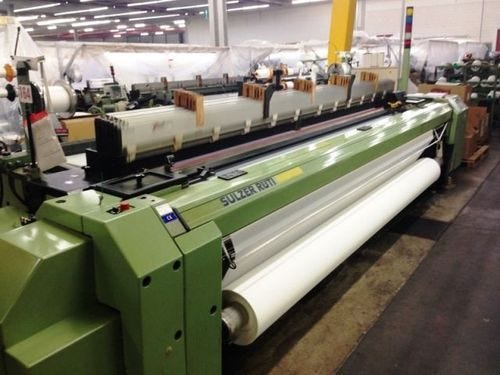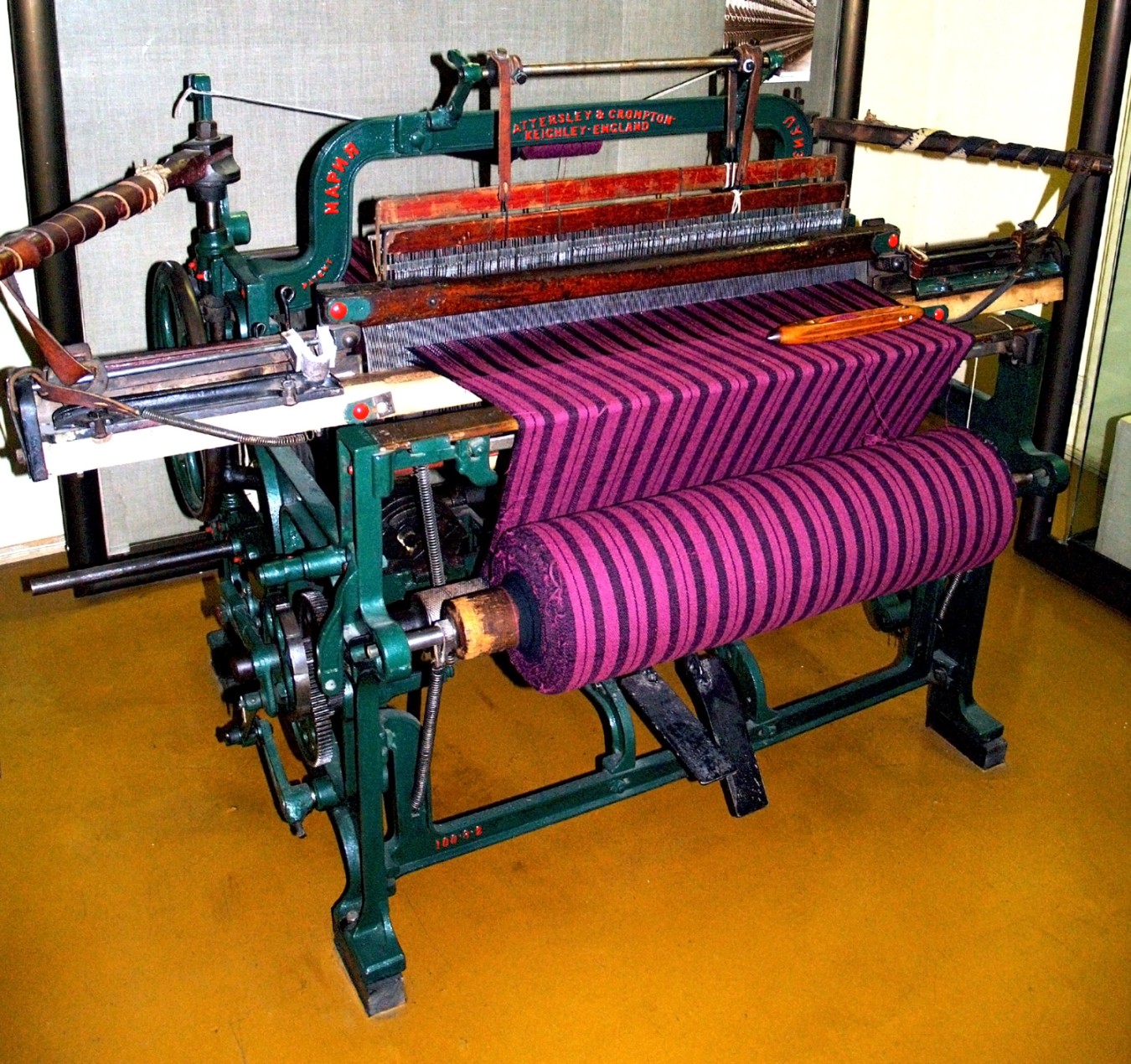In our commitment to fulfilling every single need that our customers may have, we designed our Locofast mobile application in such a way that enables them to place highly customized, detailed orders as per their requirements with ease. With the help of our user-friendly interface, customers can specify particulars for their orders including GSM, thread count, preferred rate, and even their loom type. Furthermore, in order to facilitate this, we have a vast network of mills across the country- equipped with the highest-quality power, Sulzer, and air-jet looms- that will help fulfill our promise to our clients.
However, for some people, placing orders with such detailed customization might be confusing, especially virtually. Keeping this in mind, here is a quick guide to which loom might be best for your requirements-
- Power Loom

First developed in 1786 in Britain at the onset of the Industrial Revolution, the power loom is a kind of mechanized loom. With five main components, namely warp beam, heddles, harnesses, shuttle, read, and takeup roll, it processes the yarn by shedding, picking, and battening it. Because of the way it is engineered, the power loom requires specially trained people to operate it. Compared to the more modern Sulzer and air-jet looms, power looms defect more, and are, therefore, mostly used domestically.
2. Sulzer Loom

Sulzer looms, named after the engineering and manufacturing Swiss company Sulzer Ltd. that makes them, are shuttleless, highly efficient, and versatile weaving looms that can produce a wide range of textiles including cotton, wool, mono, multifilament yarn, and linen, at varying length. Classified by their varying weaving systems, fabric constructions, and edge reinforcement, they have lately been used primarily in the production of heavier fabrics. It is important to note that in recent years, Sulzer Ltd. has stopped manufacturing these looms in favor of higher-priced looms, and as per the last reported numbers, there are only 4500 Sulzer looms available in Europe.
3. Air Jet Loom

As one of the two types of fluid-jet looms, the air-jet loom uses a jet of air to propel the weft yarn through the warp shed. As high-speed machines, they are well suited to produce lighter textiles using finer counts of yarn quickly and with uniformity. Nowadays, these looms can easily produce household textiles used in shirts, denim, sheets, towels, sports apparel, as well as industrial textiles, such as those used in the production of printed circuit board cloths. They are also used to weave plaids, dobby, and jacquard fabrics. Air jet looms were first invented in Czechoslovakia in the 20th century and further refined by Swiss, Dutch, and Japanese companies. Because they are automated machines that eject compressed air for weaving, they consume a lot of energy.
Based on their requirements, our customers can specify the kind of finish they want in their orders, and it is Locofast’s promise that our partners will not only fulfill every expectation but go above and beyond in their service!
